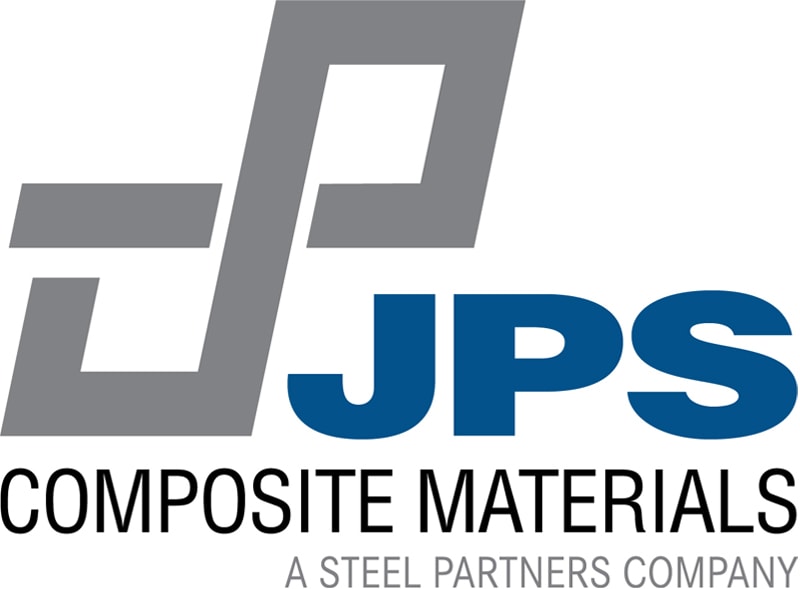
Fiberglass fabrics have many unique and outstanding properties, which provide design opportunities for the improvement of existing products and the development of new, lightweight, and cost-efficient products.
JPS technicians, design engineers, and technical representatives welcome the opportunity to combine their experience and knowledge of these unique properties to provide the superior products required by industry today.
Key Fiberglass Properties
Chemical Resistance
Inorganic fiberglass textile fibers will not rot, mildew or deteriorate. They resist most acids with the exception of hydrofluoric acid and hot phosphoric acid.
Dimensional Stability
The fiberglass yarns used in manufacturing glass fabrics will not stretch or shrink as a result of changes in atmospheric conditions. Nominal elongation at break is 3-4%. The average linear thermal expansion coefficient of bulk E glass is 5.4 x 10-6 cm/cm/°C.
Good Thermal Properties
Fiberglass fabrics have a low coefficient of thermal expansion and relatively high thermal conductivity. Glass fabrics will dissipate heat more rapidly than asbestos or organic fibers.
High Tensile Strength
Fiberglass yarn has a high strength-to-weight ratio. Pound for pound, fiberglass yarn is twice as strong as steel wire. The ability to design unidirectional or bidirectional strength into a fabric adds considerably to end-use product flexibility.
High Thermal Endurance
Inorganic glass fibers cannot burn and are basically unaffected by high baking and curing temperatures often encountered in industrial processing. Fiberglass will retain approximately 50% of its strength at 700°F and as much as 25% at 1000°F.
Low Moisture Absorption
Fiberglass yarn is made from noncellular fiber and, therefore, experiences extremely low moisture absorption.
Outstanding Electrical Insulation
High dielectric strength and relatively low dielectric constants, plus low water absorption and high temperature resistance, make fiberglass fabrics outstanding for electrical insulating purposes.
Product Flexibility
The extremely fine filaments used in fiberglass yarns, the multitude of yarn sizes and configurations, different weave types, and many special finishes, make fiberglass fabrics available for a broad range of industrial end uses.
Low Cost
Fiberglass fabrics do the job and compare favorably in cost with synthetic and natural fiber fabrics.
Selection
There are five basic design variables to consider when choosing Astroquartz ® fabrics including thickness, weight, construction, yarn size and finish.
The selection of the proper fabric to meet the demands of your specific application require the combined knowledge of industry designers and engineers, and JPS fiberglass design professionals. Prior to selecting a fabric for any applications, we recommend that you consult with a JPS technical or sales representative.

